An AC servo motor is a machine that converts electrical energy into mechanical energy. The AC servo motor consists essentially of an electromagnet winding or distributed stator winding for generating a magnetic field and a rotating armature or rotor. The motor is made by the phenomenon that the energized coil is forced to rotate in a magnetic field. The AC servo motor is mainly composed of a stator part and a rotor part, wherein the structure of the stator is substantially the same as that of the stator of the resolver, and two-phase windings in which the space is mutually 90 degrees electrical angle are also placed in the stator core (one of which is an excitation winding, The other group is the control winding). The AC servo motor has high control precision, good torque frequency characteristics and overload capability, and is widely used in material metering, transverse sealing devices and fixed length cutting machines.
Basic type of AC servo motorSimilar to ordinary AC motors, AC servo motors are also classified into asynchronous and synchronous. The two-phase AC servo motor is basically a two-phase asynchronous motor. A two-phase winding is placed orthogonally on its stator, one of which is called a field winding and the other is a control winding. The rotor generally has two structural forms, one is a cage rotor, the structure of which is the same as that of a common cage induction motor; the other is a non-magnetic hollow cup rotor, the structure of which is shown in the figure.
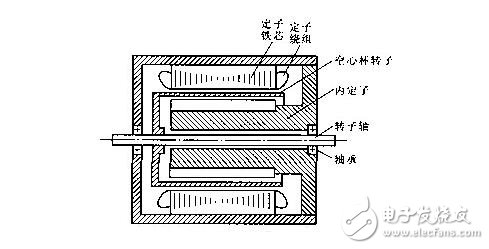
The cage rotor is compared to a hollow cup rotor. The former has large output torque, simple structure, small excitation current and high efficiency. The only disadvantage is that the rotor has a large moment of inertia, so the dynamic response is not as fast as that of the hollow cup rotor. The hollow cup rotor has small inertia, sensitive response, and large speed range, but the excitation current of the motor is large, so the power factor and efficiency are low.
In operation, the field winding generally applies a fixed single-phase AC voltage, and the rotation speed is adjusted by performing necessary control on the control voltage of the control winding. At the same time, it should be noted that the phase is different.
AC servo motor control methodThere are three ways to control the AC servo motor:
(1) Amplitude control
The amplitude control controls the motor speed by changing the magnitude of the control voltage Uc, at which time the phase difference between the control voltage Uc and the excitation voltage Uf is always maintained at an electrical angle of 90°. When the control winding is rated voltage, the air gap magnetomotive force is a circular rotating magnetomotive force, and the electromagnetic torque generated is the largest.
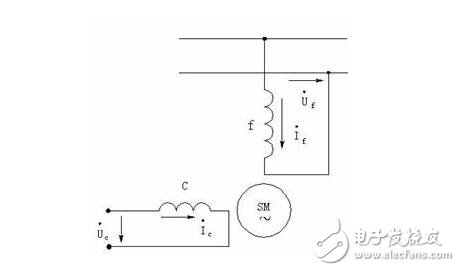
(2) Phase control
The control of the motor speed and steering is achieved by varying the phase difference between the control voltage Uc and the excitation voltage Uf, while the amplitude of the control voltage remains unchanged.
The Uc phase can be changed by the phase shifter to change the phase difference between the two.

(3) Amplitude phase control
The excitation winding is connected in series with the capacitor c and then connected to the AC power supply. The control voltage Uc is in phase with the power supply, but the amplitude can be adjusted. When the amplitude of the Uc can be changed, the coupling effect of the rotor winding makes the current If of the excitation winding also The change, so that the voltage Uf on the field winding and the voltage uc on the capacitor also change, the phase difference between Uc and Uf? It also changes, that is, changes the size of Uc, and the phase difference between Uc and Uf also changes, thereby changing the speed of the motor.
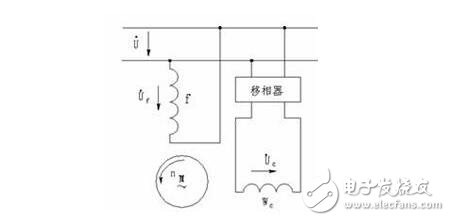
The configuration of the AC servo motor stator is substantially similar to that of a capacitive split phase single phase asynchronous motor, as shown. The stator is provided with two windings with a position difference of 90°, one is the field winding Rf, which is always connected to the AC voltage Uf; the other is the control winding L, which is connected to the control signal voltage Uc. Therefore, the AC servo motor is also called two servo motors.
The rotor of the AC servo motor is usually made into a squirrel cage type, but in order to make the servo motor have a wide speed range, linear mechanical characteristics, no "rotation" phenomenon and fast response performance, it should have a comparison with a normal motor. Two characteristics of large rotor resistance and small moment of inertia.
There are two forms of rotor structures that are currently used more:
One is a squirrel-cage rotor made of a high-resistivity conductive material with a high-resistivity bar. In order to reduce the moment of inertia of the rotor, the rotor is made slender; the other is a hollow cup made of aluminum alloy. The rotor, the cup wall is very thin, only 0.2-0.3mm, in order to reduce the magnetic resistance of the magnetic circuit, a fixed inner stator is placed in the hollow cup rotor, as shown.
When there is no control voltage in the AC servo motor, only the pulsating magnetic field generated by the field winding is present in the stator, and the rotor is stationary. When there is a control voltage, a rotating magnetic field is generated in the stator, and the rotor rotates in the direction of the rotating magnetic field. When the load is constant, the rotational speed of the motor varies with the magnitude of the control voltage. When the phase of the control voltage is opposite, the servo motor Will reverse.
The working principle of the AC servo motor is similar to that of the split-phase single-phase asynchronous motor, but the rotor resistance of the former is much higher than that of the latter. Therefore, the servo motor has three remarkable characteristics compared with the single-machine asynchronous motor:
1, the starting torque is large
Due to the large rotor resistance, the torque characteristic curve is shown by curve 1 in the figure, and there is a significant difference compared with the torque characteristic curve 2 of the ordinary asynchronous motor. It can make the critical slip rate S0>1, which not only makes the torque characteristic (mechanical characteristic) closer to linear, but also has a larger starting torque. Therefore, when the stator has a control voltage, the rotor immediately rotates, that is, it has the characteristics of quick start and high sensitivity.
2, the operating range is wider
As shown in the figure, the servo motor can be stably operated with the difference rate S in the range of 0 to 1.
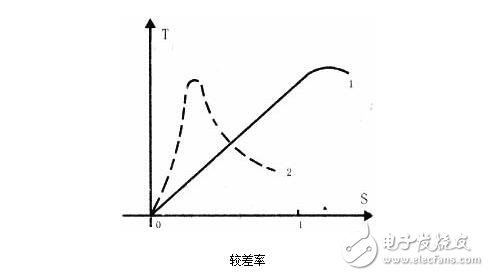
3, no rotation phenomenon
In the normal operation of the servo motor, the motor stops running as soon as the control voltage is lost. When the servo motor loses the control voltage, it is in single-phase operation. Due to the large rotor resistance, the two rotating torques in the opposite direction of the stator and the two torque characteristics generated by the rotor (T1-S1, T2-S2 curves) And the combined torque characteristic (T-S curve) is different from the torque characteristic of the ordinary single-phase asynchronous motor (T'-S curve in the figure) as shown in the figure. The combined torque T at this time is the braking torque, so that the motor is quickly stopped.
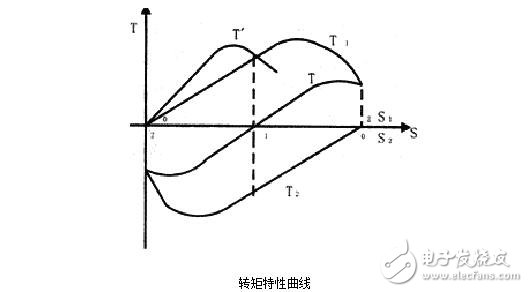
The figure shows the mechanical characteristic curve of the servo motor in single-phase operation. When the load is constant, the higher the control voltage Uc, the higher the rotational speed. When the control voltage is constant, the load increases and the rotational speed decreases.
Features: 12v Dc geared motor drive precision, small volume, large torque, low noise, durability, low energy consumption, customized power design,easy installation, easy maintenance;Simplify design and save space.
12V Dc Gear Motor, namely gear reduction motor, is based on ordinary Dc Motor, coupled with gear reduction gearbox.
The gear reducer is used to provide low speed and large torque.
At the same time, the gearbox with different deceleration ratio can provide different speed and torque.
Generally different industries, using different power dc motor, generally adopt custom parameter design pattern.

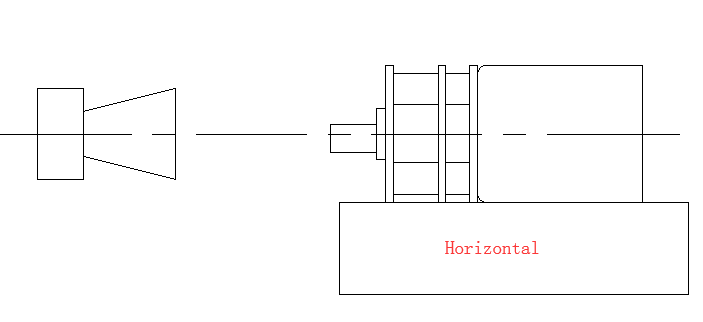
Method of use: the best stable in horizontal plane, installed on the 12v dc gear motor output shaft parts, cannot use a hammer to knock,knock prone to press into the 12v dc gear motor drive, may cause damage to internal components, and cannot be used in the case of blocked.

Operating temperature range:
12v Dc geared motors should be used at a temperature of -10~60℃.
The figures stated in the catalog specifications are based on use at ordinary room temperature catalog specifications re based on use at ordinary room temperature (approximately20~25℃.
If a geared motor is used outside the prescribed temperature range,the grease on the gearhead area will become unable to function normally and the motor will become unable to start.Depending on the temperature conditions ,it may be possible to deal with them by changing the grease of the motor's parts.Please feel free to consult with us about this.
Storage temperature range:
12v Dc geared motors should be stored ta a temperature of -15~65℃.
In case of storage outside this range,the grease on the gearhead area will become unable to function normally and the motor will become unable to start.
Service life:
The longevity of 12v Dc geared motor is greatly affected by the load conditions , the mode of operation,the environment of use ,etc.Therefore,it is necessary to check the conditions under which the product will actually be used .The following conditions will have a negative effect on longevity.Please consult with us should any of them apply.â—Use with a load that exceeds the rated torque
â—Frequent starting
â—Momentary reversals of turning direction
â—Impact loads
â—Long-term continuous operation
â—Forced turning using the output shaft
â—Use in which the permitted overhang load or the permitted thrust load is exceeded
â—A pulse drive ,e.g.,a short break,counter electromotive force,PWM control
â—Use of a voltage that is nonstandard as regards the rated voltage
â—Use outside the prescribed temperature or relative-humidity range,or in a special environment.
â—Please consult with us about these or any other conditions of use that may apply,so that we can be sure that you select the most appropriate model.
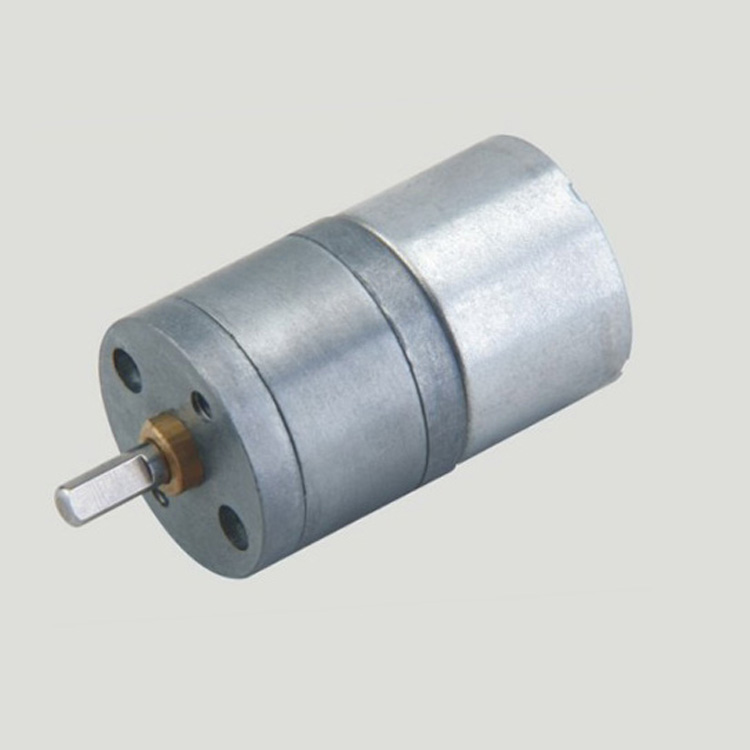
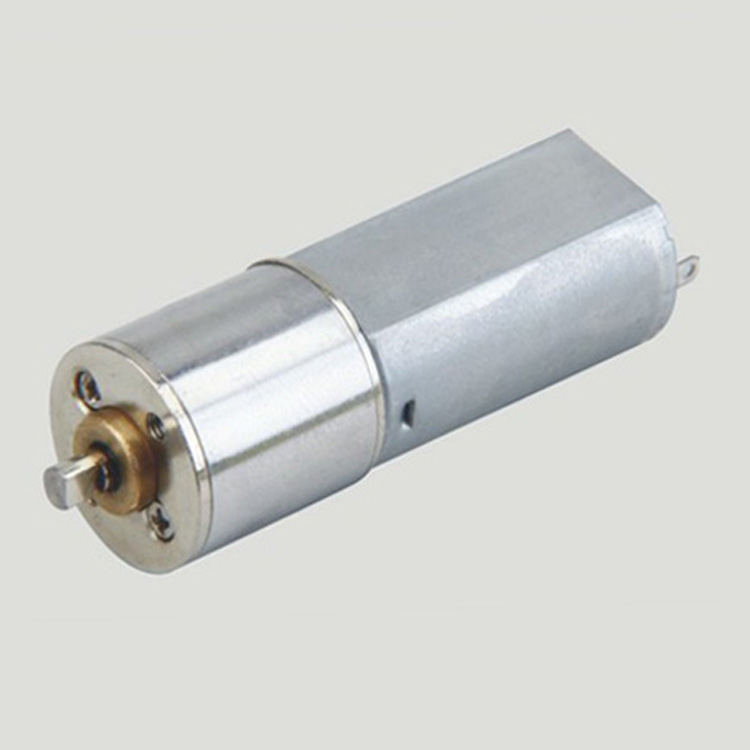
when it come to volume production,we're a major player as well .each month,we rurn out 600000 units,all of which are compliant with the rohs directive.Have any questions or special needed, please contact us, we have the engineer group and best sales department to service to you Looking forward to your inquiry. Welcome to our factory.
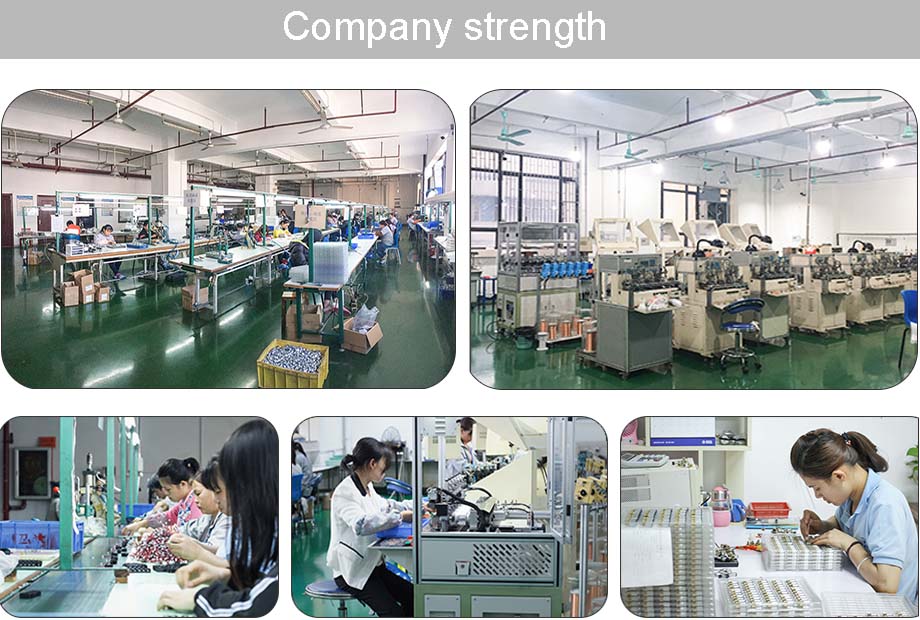
12V Dc Gear Motor,Dc Gear Motor 12V,12V Gear Motor,12V Dc Gear Motor 30 RPM
Shenzhen Shunchang Motor Co., LTD. , https://www.scgearmotor.com